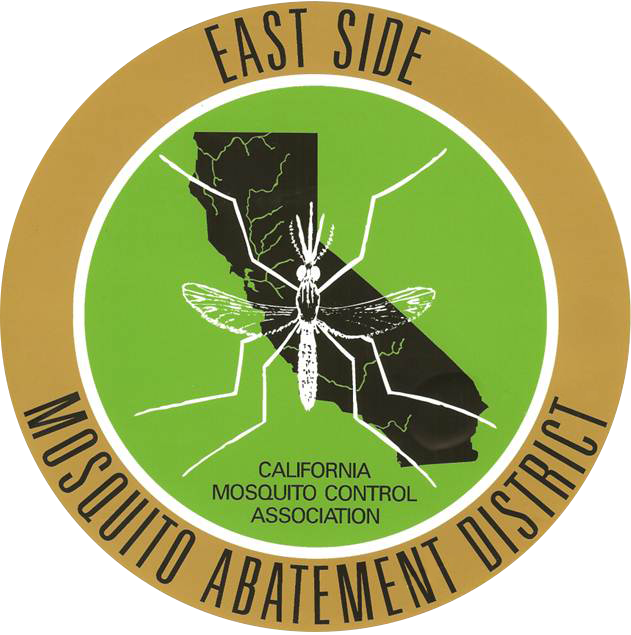Integrated Vector Management
The District's mission is to protect the public health by using scientifically-driven integrated vector management techniques (IVM). IVM is a rational decision-making process which seeks to improve efficacy, cost-effectiveness, ecological soundness and sustainability of disease-vector control. The ultimate goal is to prevent the transmission of vector-borne diseases.
Components of IVM
- Surveillance and testing
- Pysical Control
- Biological Control
- Microbial & Chemical Control
- Public Outreach
Surveillance and Testing is conducted by monitoring mosquito populations, mosquito activity, climatic patterns, and virus activity by having mosquitoes tested for local arboviruses. The information collected is used to direct all control efforts.
Physical Control is acheived by manipulatting the environment in which mosquitoes live to reduce available breeding sites. This can be achieved by:
- Making mosquito habitat unattractive to the mosquito
- Removing standing water
- Promoting proper water drainage
- Controlling vegetation for cover and resting
- Changing irrigation patterns
- Encouraging residents to adopt best management practices in urban and agricultural areas.
Biological control is the use of existing living organism (animals, pathogens, and natural enemies) to control a particular pest or mosquito.
- Mosquitofish (Gambusia affinis) can adapt and quickly multiply to effectively control mosquitoes.
- ah
- one more
Microbial and Chemical Control is the use of chemical products (insecticides) to reduce mosquito populations. This method is used when other methods are uneffective in maintaining mosquito populations below a tolerable levels, or to terminate disease transmission to people and animals. The chemical products used have low toxicity and are species-specific in their mode of action.
District Education and Outreach programs are limited to the material provides to its residents through fliers on this website, delivered to the public by our staff, or through mail. The outreach program does inform residents about District services, public health threats, and protection and prevention messages to encourage people to know that we can improve our mosquito situation by doing our part in reducing mosquito populations.
DISCLAIMER: The Mosquito Abatement Law of the State of California has provisions that once the mosquito source is identified as causing a public health nuisance from a property, the law allows the District to levy fines if the home owner is non-complaint
